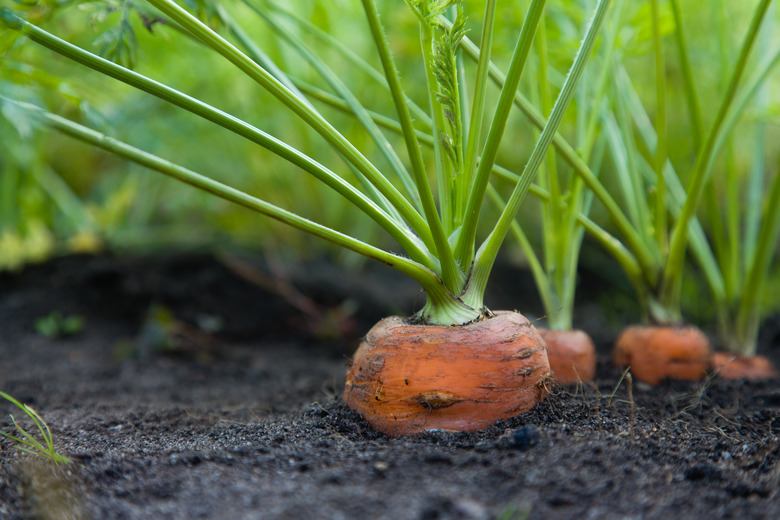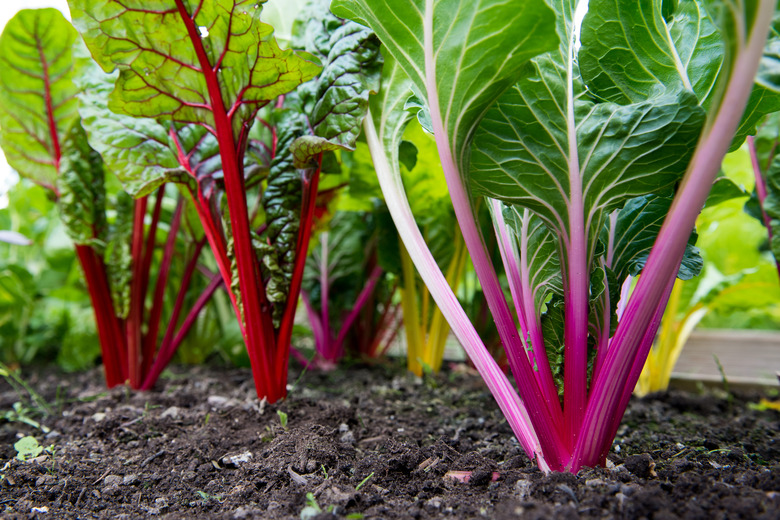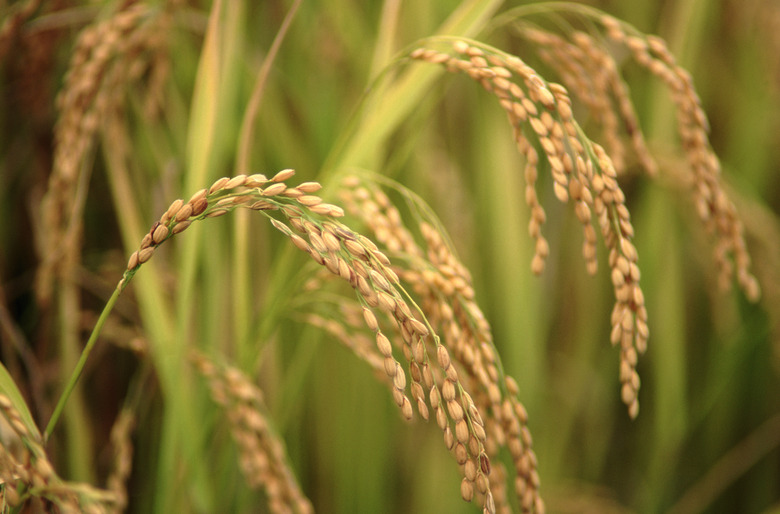4 Crops That Grow Well In Clay Soil
Clay soil poses several challenges for growing vegetables: It has a tendency to get waterlogged in wet weather, and it is slow to warm in spring. Also, its fine texture causes clay soil to compact easily when overworked, and it gets hard when allowed to dry out. Not many crops grow well in those difficult conditions, but you can grow a garden successfully in clay soil by picking the right crops.
Tip
You can loosen clay soil by mixing a layer of bulky organic matter with it to a depth of 6 to 8 inches six weeks before planting crops in spring or during the fall prior to spring planting. Use leaf mold, shredded leaves, composted wood chips, tree bark, or decomposed straw. Getting the bulky amendment into the soil early gives it time to break down before the site is planted.
1. Bean Varieties
1. Bean Varieties
Bean plants (Phaseolus vulgaris) aren't picky when it comes to their growing conditions and thrive in clay soil, especially when it was amended with aged compost. The key to growing various kinds of bean plants in clay soil successfully is temperature. Beans need warm soil. Because clay warms more slowly than loam or sand, wait until the soil temperature warms to 60 degrees Fahrenheit before sowing bean seeds.
Tip
Use a soil thermometer to get an accurate soil temperature reading. Insert the thermometer 4 inches deep in the soil, and take a reading. Do that task morning and evening in the same spot for two to three days to obtain an accurate average temperature.
2. Carrots and Beets
2. Carrots and Beets
Carrot plants (Daucus carota var. sativus) growing in clay soil aren't likely to produce long, plump tubers, but you'll probably find success with varieties that produce short tubers. Carrot tubers that normally grow long get stunted in the hard, difficult-to-penetrate clay soil. Short tubers, however, can grow well. Look for 'Parmex,' 'Carson,' 'Thumberline' and 'Supreme Chantenay Red Cored.'
Beets (Beta vulgaris subsp. vulgaris) grow in clay soil, but, like most crops, grow best in a loose loam. These plants produce short, round root vegetables that crack in dry soil. Keep beet plants' soil moist but not wet by watering when the top 1 to 2 inches of soil feels dry to the touch.
Warning
Don't dig into or turn clay soil when it is wet. Doing so compacts its particles and causes further problems. If the soil sticks to your shovel, then wait a few weeks for some of the soil's moisture to dry.
3. Swiss Chard
3. Swiss Chard
Grow Swiss chard (Beta vulgaris subsp. cicla) in clay soil. This leafy beet relative grows in the cool fall and spring seasons in most U.S. locations and during winter in mild, frost-free regions.
Wait until the soil warms to at least 40 degrees Fahrenheit before planting Swiss chard.
Tip
Mix 2 to 3 inches of aged manure or compost into the top 6 to 8 inches of the clay soil before planting beans, carrots or Swiss chard to help these vegetables thrive in the difficult conditions posed by the soil.
4. Rice Varieties
4. Rice Varieties
Rice (Oryza sativa) is another crop that thrives in clay soil, growing best in constant moisture and heavy soil. Rice, however, needs a long, warm growing season. If your area's growing season typically includes three to six months of temperatures that average higher than 70 degrees Fahrenheit, and you have clay soil that stays wet most of the year, then rice varieties are options for you to grow. Plant rice from seed when the soil warms to 75 F in spring or early summer.




